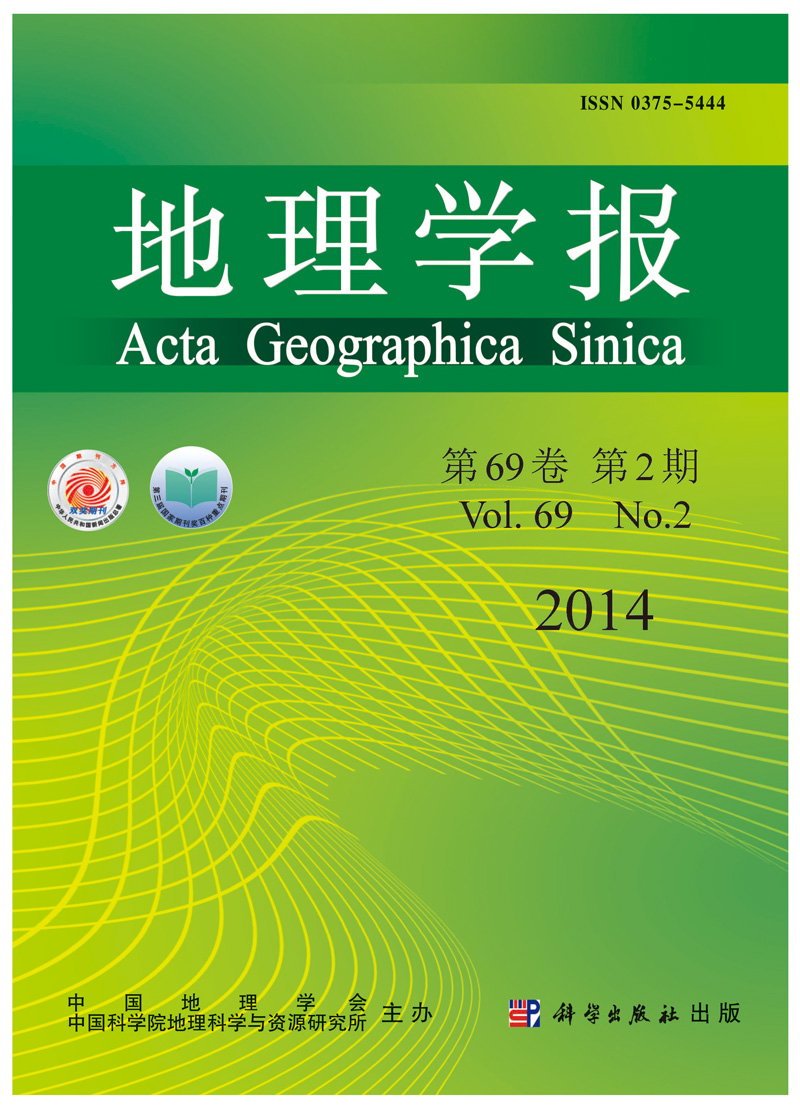LI Yurui, WANG Jing, LIU Yansui, LONG Hualou
The coordination development of industrialization, informatization, urbanization and agricultural modernization (so called "Sihua Tongbu" in Chinese, and hereinafter referred to as "new four modernizations"; China first put forward the term of "four modernizations" in the early 1960s, targeting the fields of industry, agriculture, national defense and science and technology) is practical need and strategic direction of integrating urban-rural development and regional development in recent China. This study mainly aims to explore the spatial pattern and influencing factors of coordination development of new four modernizations of China's prefecture-level regions. Firstly, we established a comprehensive evaluation index system to reveal the spatial pattern of coordination development of new four modernizations. And then, Pearson correlation analysis was used to explore the relationship between the coordinating degrees of new four modernizations and main indicators reflecting regional development state. Thirdly, a spatial econometric model was employed to explore the factors affecting the coordination development of the new four modernizations. Moreover, a set of rules based on the coordination development level of the new four modernizations has been established to identify the problematic region. The main contents and results were summed up as follows: (1) the respective development level of the new four modernizations and the coupling degree and coordinating degree of the new four modernizations shows obvious spatial difference. (2) The coordinating degree of new four modernizations is at relatively low level, and has significant positive correlation with per capita net income of farmers and per capita gross domestic product, and in contrast, it has significant negative correlation with both the income gap and consumption gap between urban and rural residents. (3) Socio-economic conditions, traffic location and physical geography conditions show obvious impacts on the coordinating state of new four modernizations, especially, on social investment, financial investment and financial support on agriculture and rural areas, as well as development level of large and medium-sized enterprise, road infrastructure density and social consumption, have robust and positive impacts on the coordinating state of new four modernizations. (4) A total of 145 prefecture-level cities have been identified as problematic regions according to their coordinating states of new four modernizations. These cities are mainly located in the traditional agricultural zones of central China, hilly areas of southwest China and the Qinghai-Tibet Plateau. Our findings may contribute to the knowledge of coordination development of industrialization, informatization, urbanization and agricultural modernization in the new era of urban-rural transformation development. To promote the coordination development of new four modernizations needs for top-level design, common institutional innovation, and regional policy innovation specifically for problematic regions. In addition, more social investment, financial investment and financial support for agricultural and rural development should be encouraged, and more attention should be paid to expand domestic demand actively, optimize the export-oriented economic development strategy, and enhance the efficiency of the investment in urban construction and education development.
